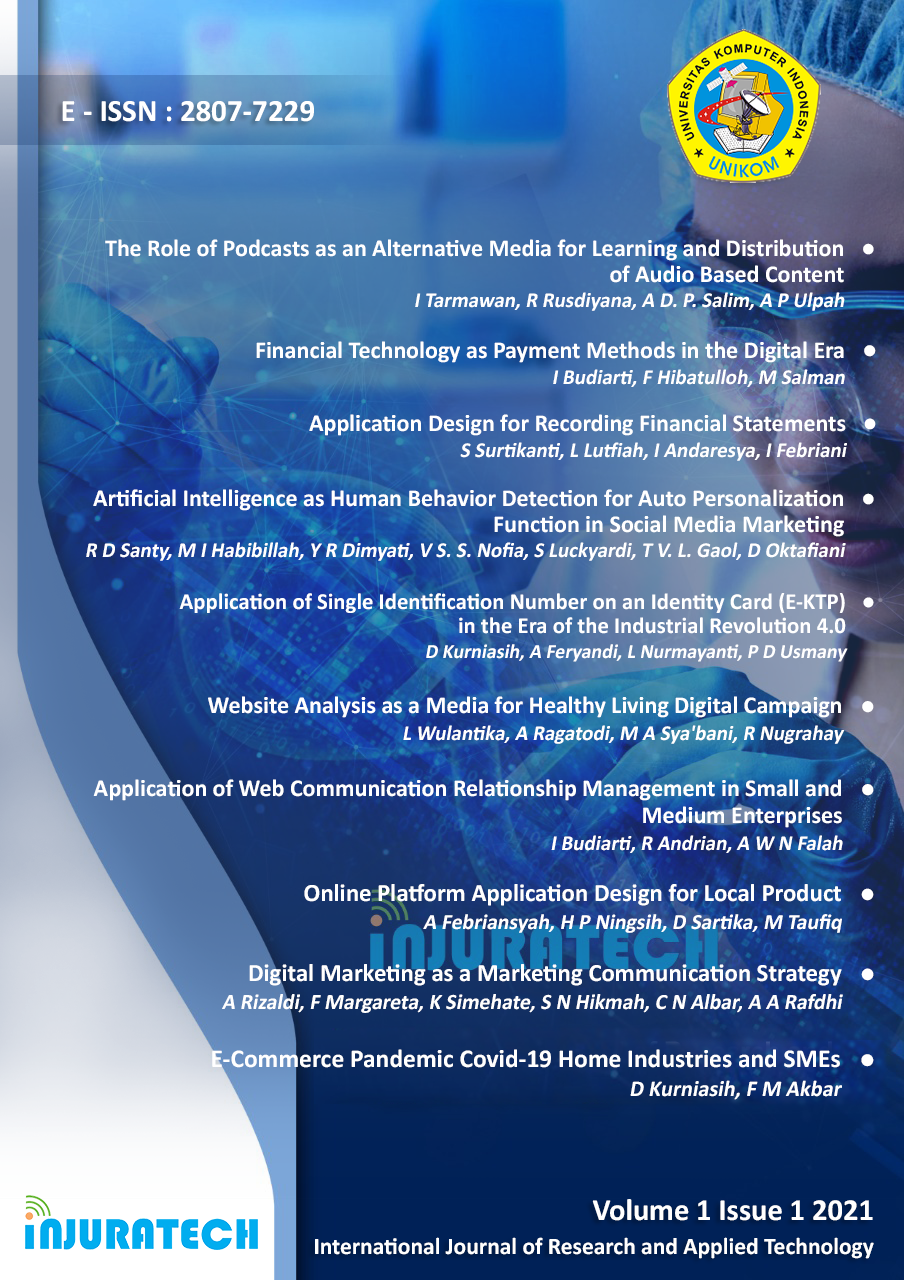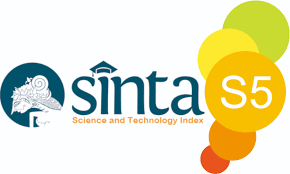Analysis of the Level of Interest of Junior High School Students in Learning Basic Japanese Language
DOI:
https://doi.org/10.34010/injuratech.v1i1.5652Keywords:
Junior High School, Japanese LanguageAbstract
Japanese is one of the most popular languages after English. Its culture that captivates people's hearts, makes interest in the language increase, both from children and adults. Until now, learning Japanese has become the program of choice at the high school level to universities. This study aims to analyze the interest of junior high school students in Japanese. Descriptive qualitative research method. The data collection technique used qualitative descriptive and provided some introductory vocabulary, numbers, and some common Japanese vocabulary. The results showed that students' knowledge of basic Japanese when given the pretest was 66.67%. After students were given material in the form of power points about basic Japanese, students' knowledge increased by 70.37%. The conclusion obtained is that students already have sufficient knowledge of basic Japanese such as introductions, numbers, and basic vocabulary. It can be seen from the increase in the pre-test and post-test that has been given only an increase of 11%. In addition, it can be seen from the enthusiasm of students in interactive question and answer sessions during the learning process. It is hoped that this research can become a consideration regarding the choice of Japanese language programs up to junior high school level












